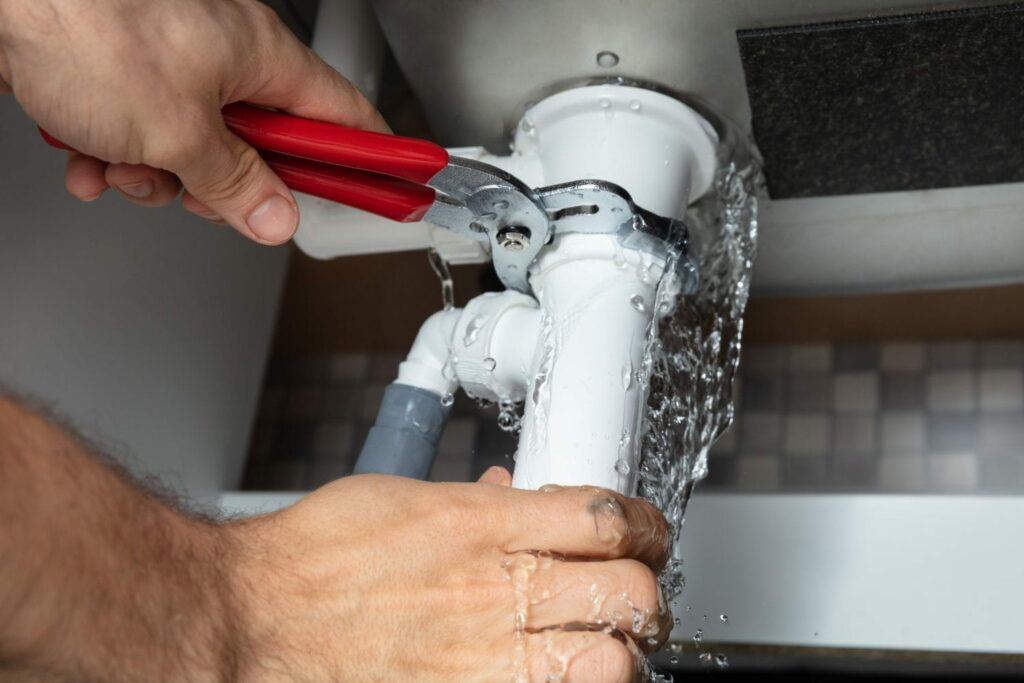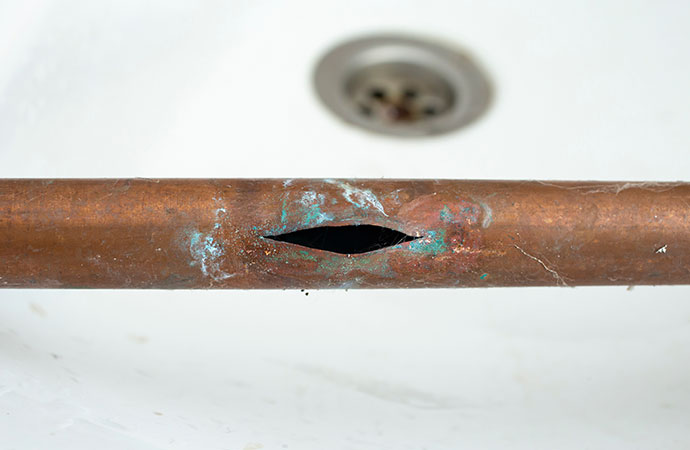Quick-Response Plumbing: Tips for Identifying and Repairing Burst Pipes
Quick-Response Plumbing: Tips for Identifying and Repairing Burst Pipes
Blog Article
How do you feel in regards to How to Install and Connect a New Dishwasher?

A burst pipe is a major emergency; you can only stand as you view water you pay dearly to reunite with the earth. In worse cases, you discover a pool on your kitchen area flooring, which is an excellent journey danger, particularly if you have kids around. If the pipe that ruptured remained in your walls, bad news: you may need to paint that whole section.
Exactly how can a disaster like a ruptured pipeline be avoided and taken care of? Well, by paying attention to your expert emergency plumbers as well as following these rules.
Just how do I understand when my pipes have ruptured?
Varying water stress
Pipes do not simply burst in a day. You might have noticed that your cooking area faucet or shower doesn't run quickly when you transform the faucet. It might stop briefly for a couple of secs and then blast you with even more force than normal.
In other circumstances, the water may appear normal in the beginning, then decrease in pressure after a couple of seconds.
Wet wall surfaces and water discolorations
Before a pipeline ruptureds, it will leak, most times. If this consistent leaking goes undetected, the leak might graduate into a wide laceration in your pipeline. One simple way to avoid this emergency is to keep an eye out for wet wall surfaces ad water spots. These water discolorations will lead you right to the leakage.
Puddles under pipes and also sinks
When a pipe ruptureds, the outflow forms a pool. It may appear that the pool is growing in dimension, and regardless of the amount of times you mop the puddle, in a couple of minutes, there's an additional one waiting to be cleaned. Typically, you might not be able to map the puddle to any type of noticeable pipes. This is an indication to call a specialist plumber.
Untraceable trickling noises
Pipe ruptureds can happen in one of the most undesirable places, like within concrete, inside wall surfaces, or under sinks. When your house goes silent, you may have the ability to hear an irritatingly consistent trickling noise. Also after you have actually inspected your shower head and also kitchen tap, the trickling may continue.
Precious viewers, the dripping may be coming from a pipe inside your wall surfaces. There isn't much you can do concerning that, other than inform an expert plumber.
Turn off the Water
When water ices up, it increases in volume by regarding 9 percent. As well as it broadens with significant force: The pressure inside pipes might go from 40 extra pounds per square inch to 40,000 psi! No pipeline can hold that much pressure, so it breaks open. The break may happen where the ice kinds, yet more often, it occurs where water pressure discovers a vulnerable point in the pipeline. That might be inches or perhaps feet from the frozen location. Discover the water shutoff valve and also switch off the water to stop more damage. You might likewise need to turn off the power too, relying on where the leaks occurs and how big it is.
Polluted water
Many people assume a burst pipe is a one-way outlet. Rather the contrary. As water drains of the hole or laceration in your plumbing system, pollutants discover their method.
Your water may be polluted from the source, so if you can, inspect if your water storage tank has any type of issues. Nevertheless, if your drinking water is supplied and purified by the city government, you should call your plumber immediately if you see or scent anything funny in your water.
What do I do when I spot a ruptured pipeline?
Your water meter will certainly remain to run even while your water wastes. To reduce your losses, find the main controls and transform the supply off. The water pipe are an above-ground framework beside your home.
How to Fix & Detect a Leaking Pipe
How Do I Know if a Pipe is Leaking?
Leak detection tests can help you determine if your pipe has a leak. Even if you don’t see an apparent leak, you should still conduct leak detection tests regularly to save water and money—and prevent major damage to your home.
Water meter. It can be helpful to figure out what your usual water meter usage numbers are and then monitor them regularly. To monitor your meter, first, turn off all water faucets in your home. Check the meter and write down the numbers. In a few hours, check the meter again. If the numbers have changed, you have a leak. Water gauge. Use a water gauge to test your water pressure. Your showerhead should produce a certain amount of water pressure based on its model and design. If the pressure is lower than it is supposed to be for that specific showerhead, your home likely has a leak. Puddles. Look inside your bathroom, laundry, and kitchen sink cabinets. Puddles around the cabinets or around toilets, tubs, showers, and washing machines indicate the presence of a leaking pipe. You may also notice loose tiles, peeling or flaking paint, or mold caused by water accumulation. Napkin test. Even if you don’t see any puddles, you may still have a leak. You can test for water leaks in the bathroom, laundry, and kitchen by wiping below-sink connections with a napkin, paper towel, or piece of toilet paper. If it becomes damp, you probably have a leaking pipe under the sink. Discolored walls. Walls that are discolored—usually with brown or yellow stains—or bulging might mean that they have been impacted by water damage caused by a leaking pipe. Smell. A leaky pipe will create sitting water, and over time, that water may develop a musty smell. If your home smells musty, but you can’t locate the source, it may be due to a leak. Steps for Fixing a Leaking Pipe
A leaky drain can be remedied by tightening the pipe base, replacing the drain seal, caulking the rim, and tightening the pipe nut. Similarly, a leaking toilet pipe can be treated by tightening the packing nut. You may also need to replace the valve. A leaky faucet may just need tightening or replacement of the washers. If that doesn’t work, consider replacing your faucet. If your pipe has a hole in it, you may want to use a pipe leak sealer or pipe leak tape. This quick fix for water pipe leaks can also temporarily fix a copper pipe leak. https://www.ahs.com/home-matters/quick-tips/how-to-tell-if-pipes-are-leaking/

Do you appreciate reading about How to Prepare for Your Dishwasher Installation? Post a short review down below. We would be pleased to find out your feelings about this write up. We are looking forward that you visit us again before long. Please take a moment to share this blog post if you liked it. Thanks so much for going through it.
Visit Link
Report this page